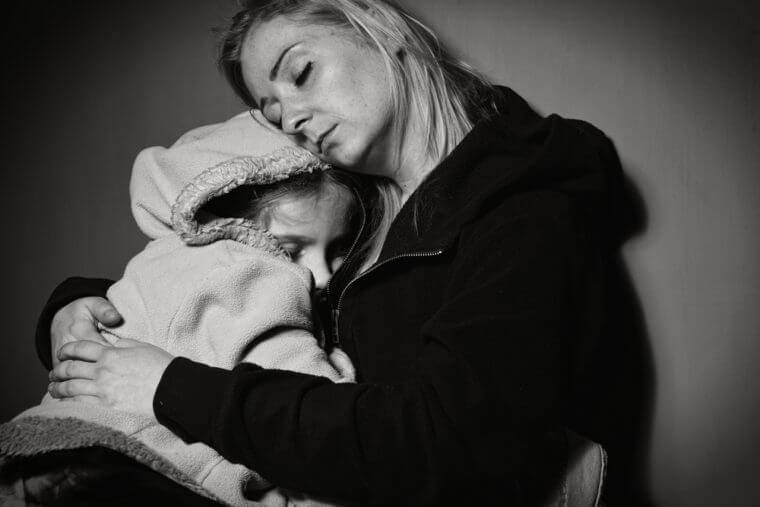A new study by American Cancer Society researchers finds medical financial hardship is very common among people in the United States, with more than half reporting problems with affordability, stress, or delaying care because of cost. The study, appearing early online in the Journal of General Internal Medicine, estimates more than 100 million people in the U.S. experience medical financial hardship.
High out-of-pocket spending for medical care is an increasingly critical issue for patients in the United States. It can lead to a depletion of assets and medical debt, as well as distress and worry about household finances. Patients may delay or forgo needed medical care because of cost, jeopardizing benefits of treatment. Illness can also impact the ability to work and reduce productivity, limiting household income, and potentially reducing access to employer-sponsored health insurance in the working age population ages 18-64 years.
While many studies have looked at the financial toll of a cancer diagnosis, less is known about financial hardship in the general population, outside of oncology. For the latest study, researchers led by Robin Yabroff, PhD, assessed the prevalence of material (e.g., problems paying medical bills), psychological (e.g., worry about medical bills) and behavioral (delaying or forgoing medical care because of cost) domains of financial hardship using data from the 2015-2017 National Health Interview Survey.
They found overall, 56.0 % of adults reported at least one domain of medical financial hardship, representing 137.1 million adults in the United States. Compared with those 65 years and older, adults 18 to 64 reported higher material (28.9% vs. 15.3%), psychological (46.9% vs. 28.4%) and behavioral (21.2% vs. 12.7%) medical financial hardship.
Among adults 18 to 64, those with less educational attainment and more health conditions were more likely to report great intensity of hardship. Women were more likely to report multiple domains of hardship than men. And the uninsured were more likely to report multiple domains of hardship (52.8%), compared to those with some public (26.5%) and private insurance (23.2%).
The authors say unless action is taken, the problem is likely to worsen. “With increasing prevalence of multiple chronic conditions; higher patient cost-sharing; and higher costs of healthcare; the risk of hardship will likely increase in the future. Thus, development and evaluation of the comparative effectiveness and cost-effectiveness of strategies to minimize medical financial hardship will be important.”
Article: Prevalence and Correlates of Medical Financial Hardship in the United States; Journal of General Internal Medicine 2019 DOI https:/
If our reporting has informed or inspired you, please consider making a donation. Every contribution, no matter the size, empowers us to continue delivering accurate, engaging, and trustworthy science and medical news. Independent journalism requires time, effort, and resources—your support ensures we can keep uncovering the stories that matter most to you.
Join us in making knowledge accessible and impactful. Thank you for standing with us!

